Cover-Article: Ion Imaging with GaBiLi Liquid Metal Alloy Ion Sources
RAITH recently published a research article on the utilization of focused ion beams (FIBs) emitted by GaBiLi Liquid Metal Alloy Ion Sources (LMAIS). In this paper, we described various use cases in the fields of nanofabrication and ion imaging with different ion species that are emitted from a single ion source. This innovative technology enables Gallium, Bismuth, and Lithium ions to be employed. The combination of these elements allows for versatile applications in nanopatterning as well as ion imaging.
The article was published in the JVST journal. One of the images even made the cover!
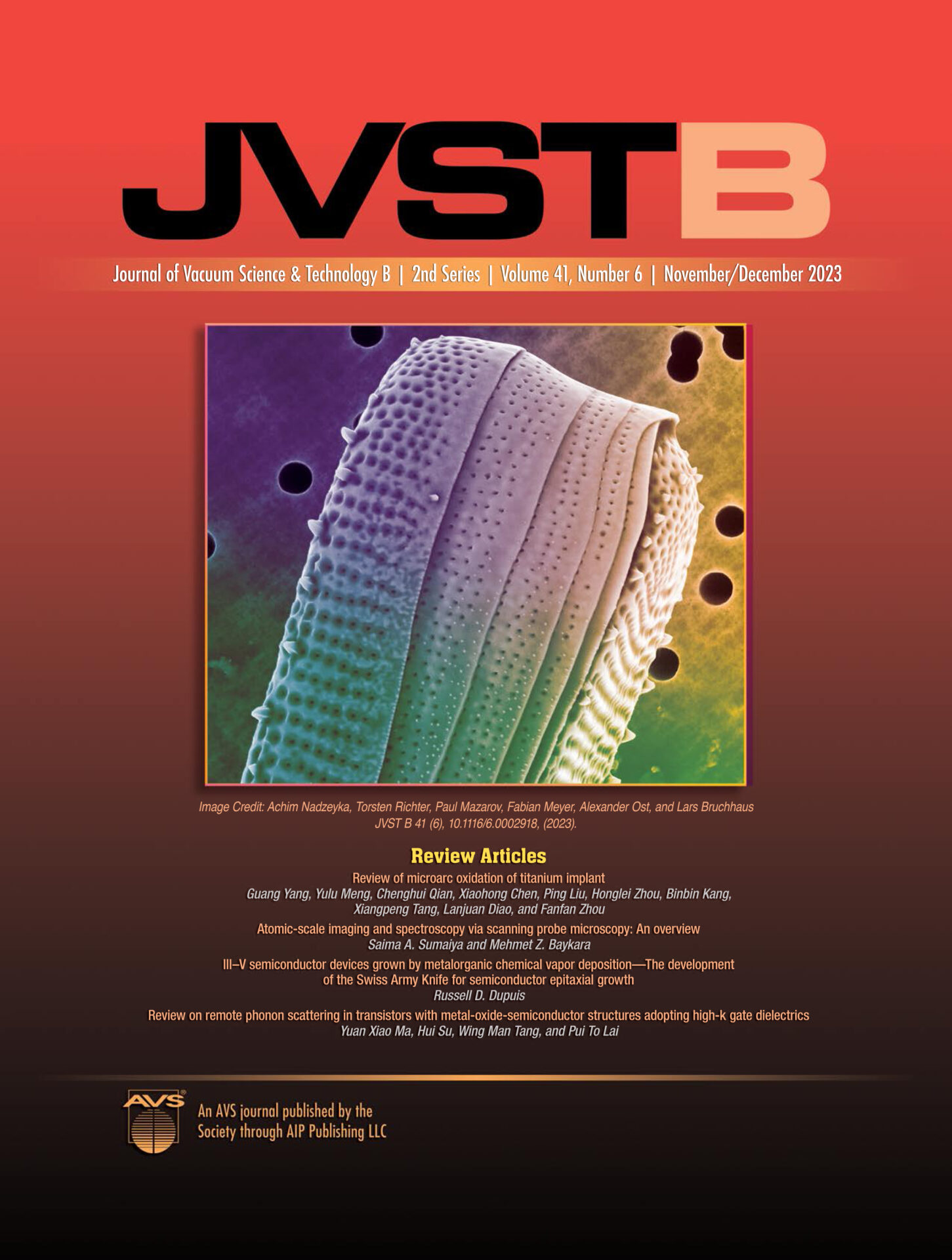
The study highlights several applications, including milling of heptamer-arranged nanoholes in gold, a novel 2-step milling process of bowties in gold, Lithium ion imaging on various samples, and a innovative Mill & Image process for 3D tomography.
Broad application range enabled using light and heavy ions
One of the applications described involves the combination of heavy Bismuth ions and light Lithium ions for a precise and fast fabrication of a bowtie array. The researchers explain how integration of Lithium and Bismuth ions from the same GaBiLi source enables a 2-step process that delivers optimized results in terms of bowtie gap size and improved process time.
Another application focuses on the imaging capabilities of the GaBiLi ion source, particularly the use of light lithium ions for low-damage, high-resolution ion imaging. A further advantage of the use of a multi-species ion source containing Lithium and Bismuth is the ability to obtain accurate 3D-reconstructions of a sample. In a mill & image process, the sample is alternately delayered by heavy Bismuth ions and then imaged by light Lithium ions without any stage tilt, to maintain highest stability.
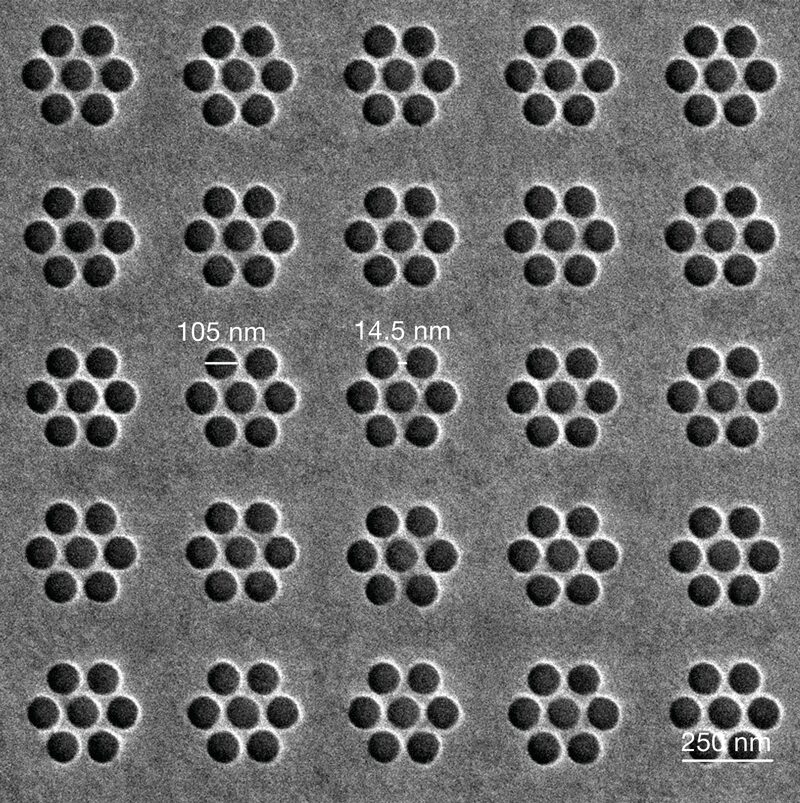
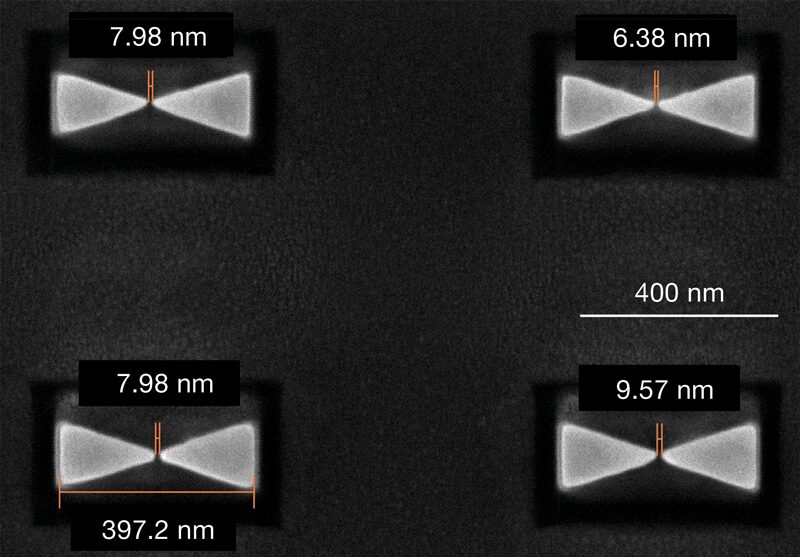
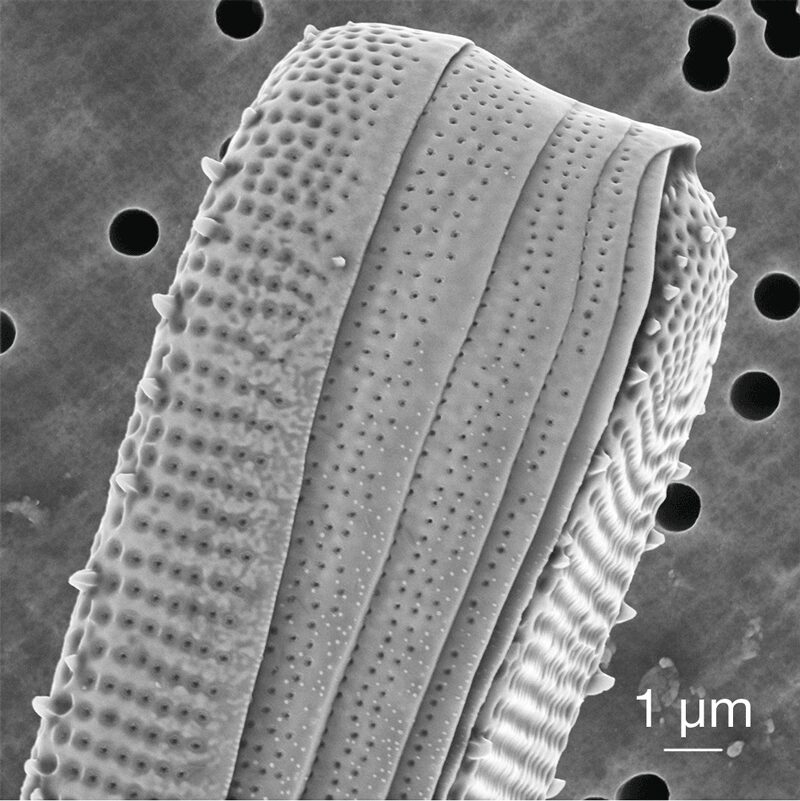
Unique capabilities enabled by multi species ion source and top-down FIB geometry
Liquid Metal Alloy Ion Sources (LMAIS) have become a cornerstone of FIB technology, providing the unique capability of delivering different ion species from a single source. GaBiLi ion sources emit both light (Lithium) and heavy (Bismuth) ions simultaneously, allowing rapid and reliable switching between them.
The article also discusses the experimental setup, focusing on the use of a RAITH VELION FIB-SEM system with a multi-ion species source as well as top-down FIB geometry. Application of multiple ion species from the same source within a vertical FIB column removes the need for stage tilt between the various process steps. As a result, both nanofabrication and 3D imaging are quicker and more accurate compared to traditional FIB-SEM systems.
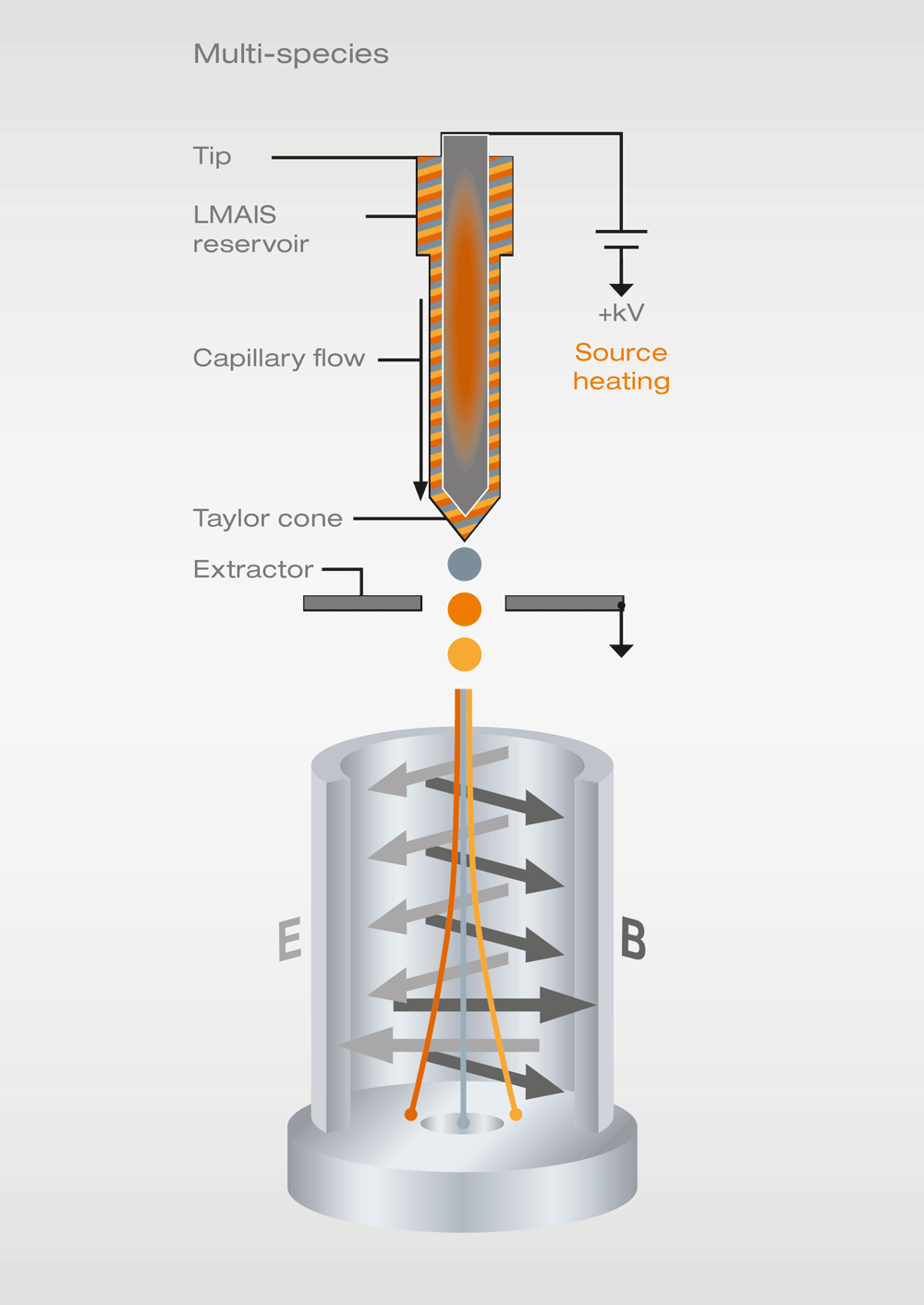
A further advantage stemming from the GaBiLi alloy’s unique properties is its moderate melting temperature to liquefaction, making it suitable for a wide range of applications and showcasing its versatility in a variety of experiments.
GaBiLi Liquid Metal Alloy Ion Sources: Paving the Way for Nanotechnology Advancements
In conclusion, this work demonstrates the immense potential of GaBiLi Liquid Metal Alloy Ion Sources in pushing the boundaries of nanofabrication and ion imaging as compared to using Gallium only. The seamless integration of light and heavy ions from a single source opens up new possibilities in terms of efficiency, speed, and quality in a variety of applications, promising a bright future for advancements in nanotechnology.
You can find the whole article here: https://pubs.aip.org/avs/jvb/article-abstract/41/6/062802/2915869/Focused-ion-beams-from-GaBiLi-liquid-metal-alloy